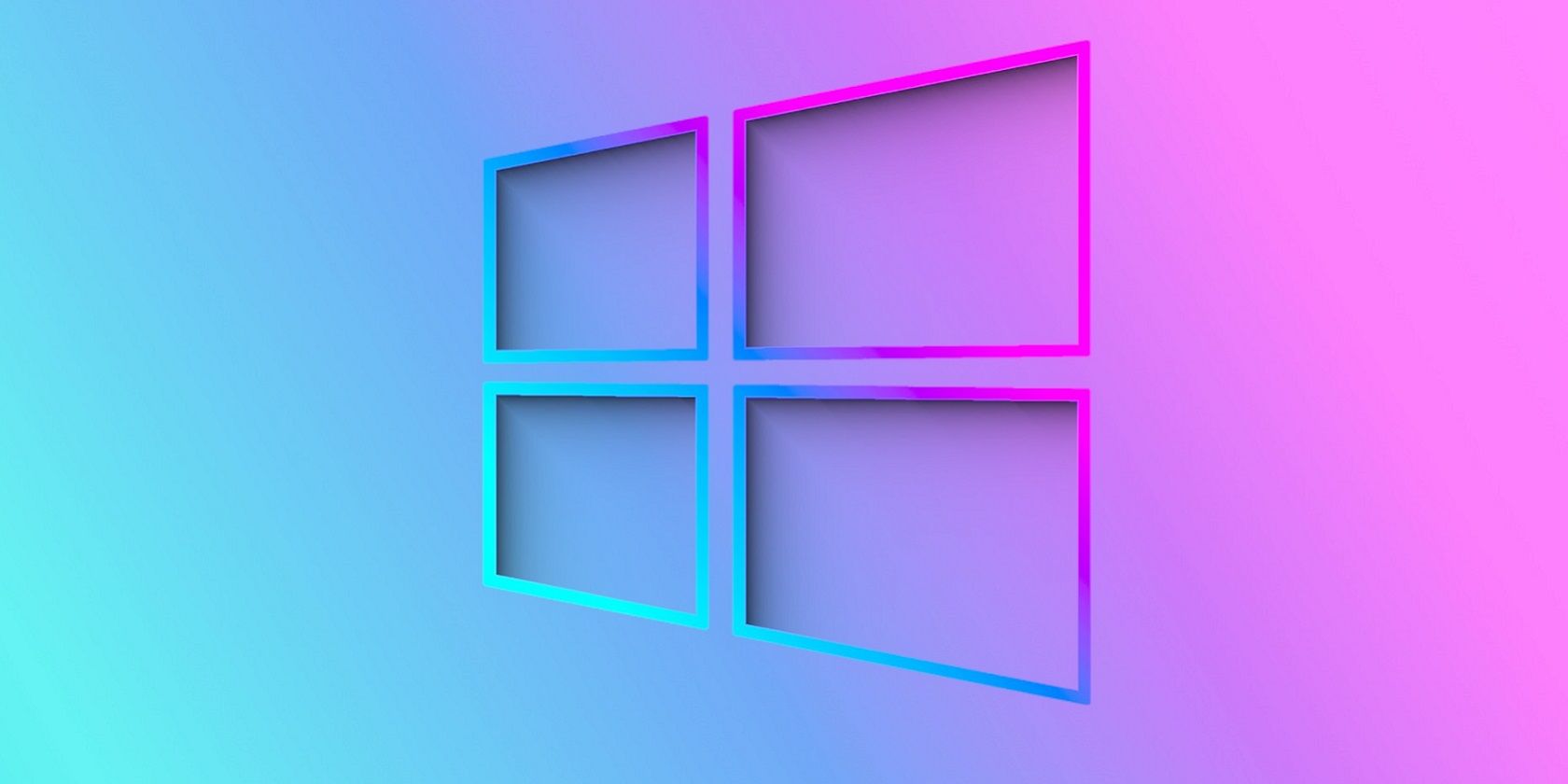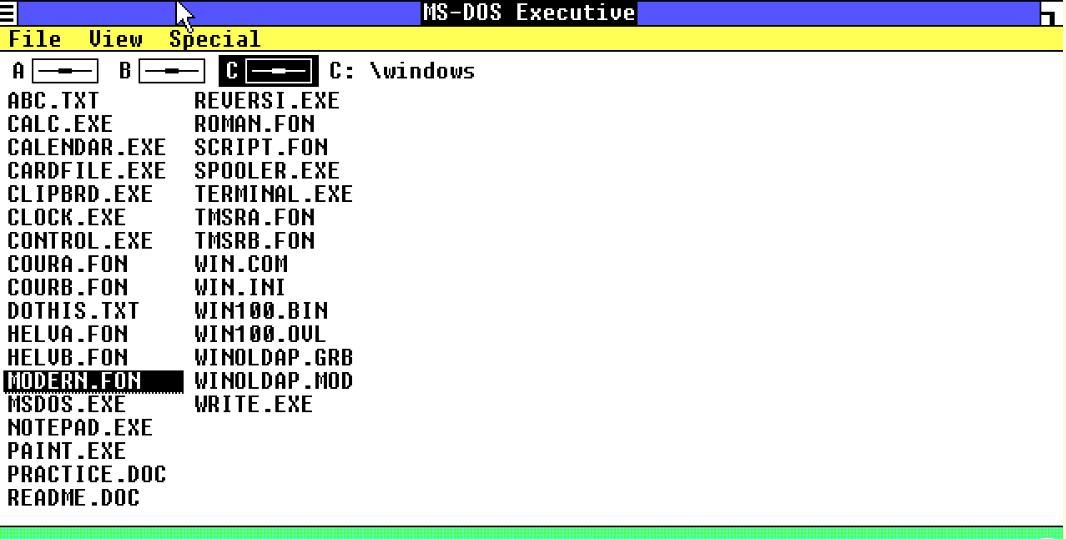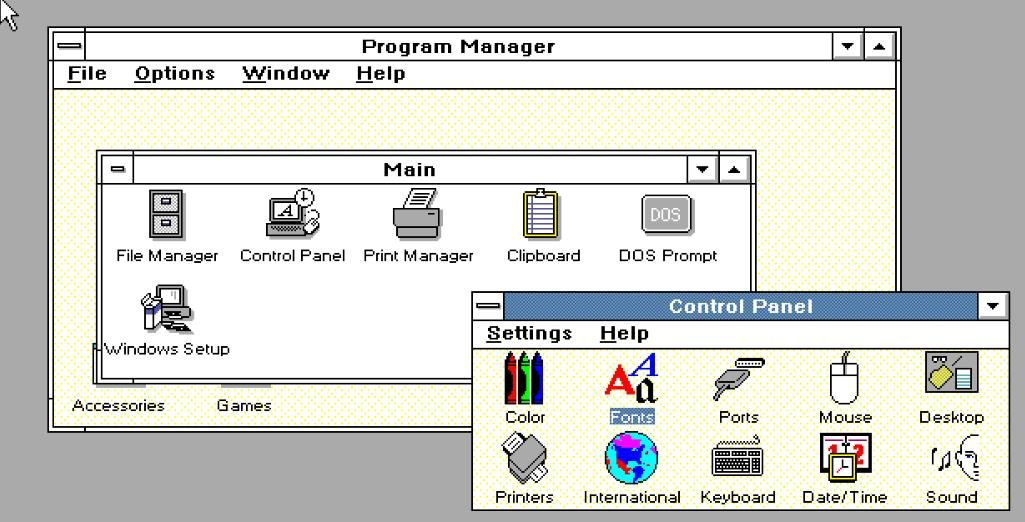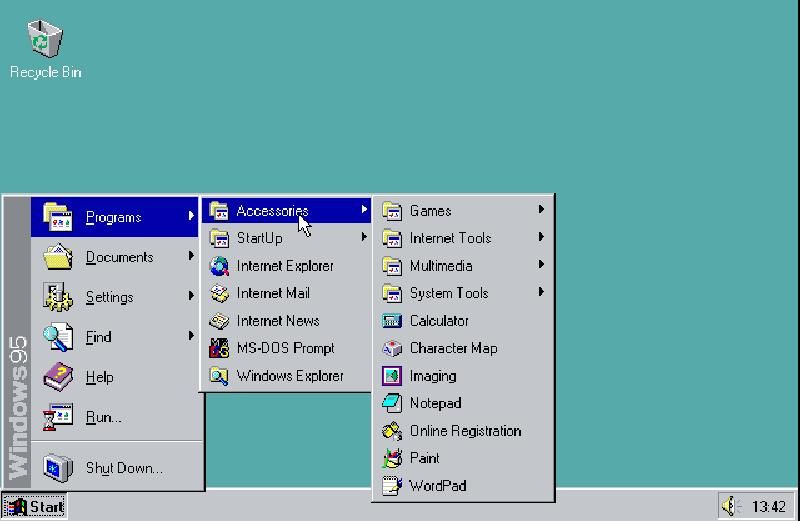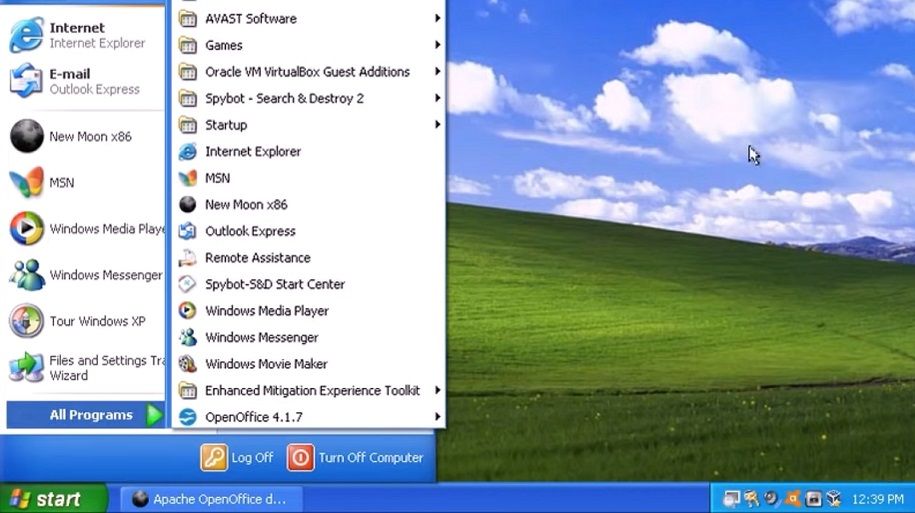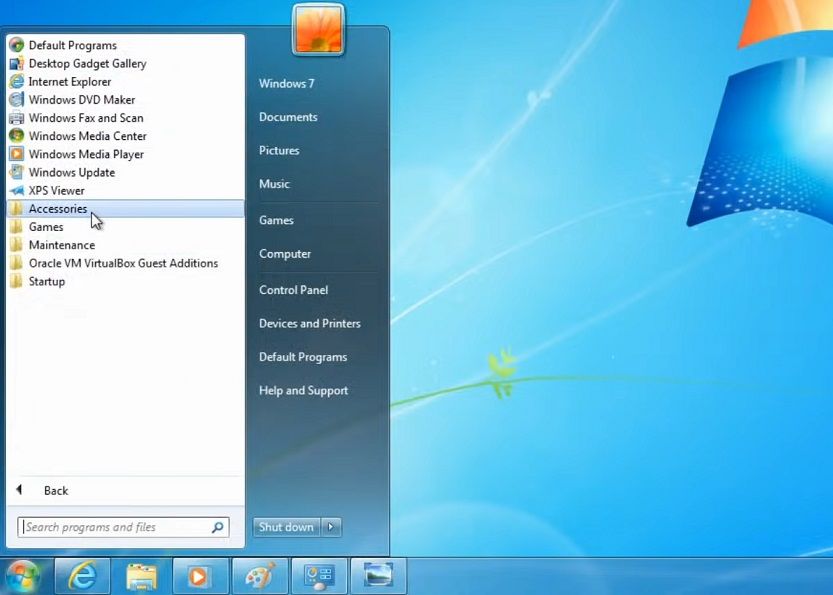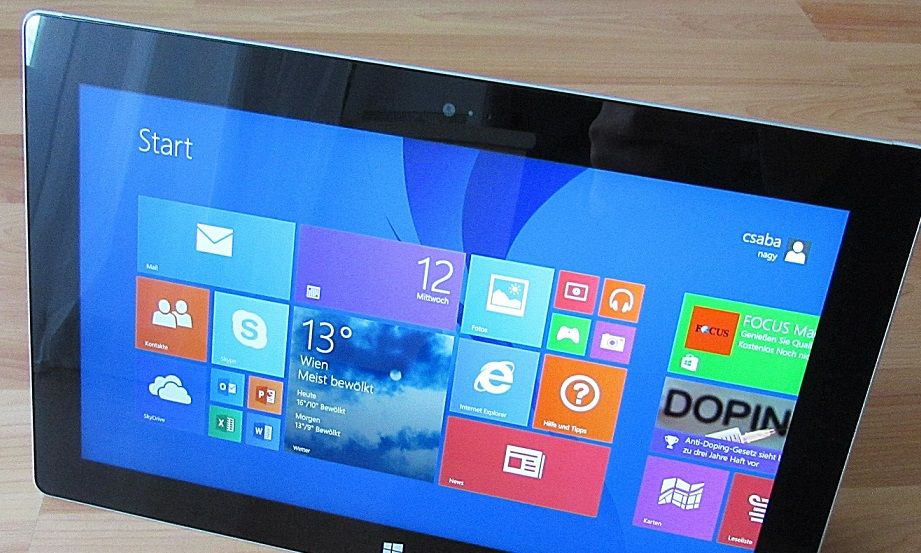Windows has long been the world’s foremost desktop operating system. Although the Android OS series for smartphones has eclipsed it for user share, Windows dominates the desktop PC market. More than a billion active devices run on the most recent Windows 11 and 10 systems.
Thus, the Windows series is the product that primarily made Microsoft the software giant it is today. It is an OS series with a history that encompasses five decades dating back to the 1980s. This is the story of the Windows OS series from the 1980s up to the present day.
Windows in the 1980s
Microsoft first announced Windows to the world with the title Interface Manager in 1983. The big M later changed that name to Windows 1.0 for its 1985 release.
Windows 1.0 was more of an extension to the command-line DOS (Disk Operating System), then the most prevalent PC platform, than an OS in its own right. Microsoft released 1.0 to go head-to-head with Apple’s graphical Lisa OS, but it had little industry impact.
Windows 1.0 bore little resemblance to the most recent platforms in its series. However, it did include some of the programs and accessories that remain a part of the series today. MS Paint, Calculator, Notepad, and the Control Panel were all there in Windows 1.0. Users could also play a Reversi game included in 1.0.
Microsoft released Windows 2.0 in 1987. Although it didn’t look much different from the original, it was the first platform in its series to feature overlapping windows. With expanded memory management for software, Window 2.0’s multitasking was altogether better.
Apple, however, wasn’t impressed with Windows 2.0. The big A was convinced Microsoft’s Windows 2.0 was a copy of its Macintosh platform and duly filed a copyright infringement lawsuit. That case was eventually settled in 1994 with Apple losing most claims.
Windows 3 and 3.1
Microsoft kick-started the ‘90s with the release of Windows 3.0 in 1990. The third installment to the Windows series was the first to feature software and file icons. This platform could handle more software simultaneously thanks to the introduction of virtual memory. Its users could also play the likes of Solitaire and Minesweeper for the first time in Windows 3.0 and 3.1. With such enhancements, this was the first OS in its series to shift more than a million copies.
Windows 95, 98, and Millennium
The release of Windows 95 (which, unsurprisingly, released in 1995), was a watershed moment in PC history. Windows 95 was the first platform in its OS franchise that wasn’t subordinate to DOS. This was the platform that laid most of the foundations of the Windows we know and love today and killed off MS-DOS.
The Start menu was Windows 95’s revolutionary new feature. That menu made all installed software much more accessible than before. For the first time, users could find and open most of their software from a convenient menu.
The taskbar, which included the Start button, was the other significant new feature in Windows 95. That feature enabled users to multitask by clicking rectangular window buttons. It also incorporated a system tray clock and notification area as in the most recent Windows platforms.
Microsoft later released Windows 98 and Millennium in 1998 and 2000. They were both essentially revamped Windows 95 versions that were much the same in terms of interface design. Windows 98 came with new software and accessories, such as Internet Explorer, Windows Media Player, and Windows Address Book.
Millennium was more like an upgraded edition of Windows 98. However, System Restore was one notable feature it introduced to users. With that utility, users could undo system changes by rolling Windows back to restore points for the first time.
Windows XP
Windows XP became generally available to users during 2001. XP had a completely overhauled user interface design that gave it an entirely new look compared with its predecessors. Gone were the gray days of Windows 95, 98, and Millennium when XP hit the scene with a light blue Start menu, taskbar, and title bars. It was a welcome visual change that enhanced the platform’s aesthetic appeal.
Aside from its new look, XP introduced some notable new features to the Windows series. Its revamped Windows Explorer utility incorporated thumbnails, a CD burner tool, and task panes for the first time. XP was the first in its series to have a program Compatibility mode. The XP Professional edition had a new Remote Desktop app for remotely connecting to PCs. Automatic Windows updates were also a new thing in XP.
With a more appealing design and good new features, many users fell in love with XP. XP remained the latest addition to the Windows series until 2007. It retained a loyal user base long after Microsoft stopped supporting the platform.
Windows Vista
After XP came Windows Vista, which disappointed some users. Microsoft added a new Windows Aero interface design to Vista. Aero gave Vista a transparent glass theme and Flip 3D task switcher along with other glossy effects. This was also the first Windows OS to have thumbnail previews on its taskbar for open software. Yet, all the fancy effects bloated Vista’s system requirements.
The gadget sidebar was another big new thing in Vista. That sidebar enabled users to add clocks, photo frames, weather forecasts, and many other gadgets to the desktop. However, it also had some security vulnerabilities that convinced Microsoft to scrap it from later Windows platforms.
Vista also introduced User Account Control, which remains a part of Windows today. That feature enabled users to approve/disallow programs to make changes. However, some users found the UAC security feature to be a bit excessive in Vista with User Account Control prompts popping up all over the place.
Windows 7
The 2009 release of Windows 7 was a step in the right direction for its OS series after the Vista debacle. Windows 7 addressed many of the performance issues that had blighted its predecessor. It was more of a refinement than an overhaul of Vista that was an altogether faster, better balanced, and more stable platform.
Windows 7 had a revamped taskbar with smaller, square icons replacing rectangular titled ones for minimized software. It had the first taskbar to include Jump Lists menus for icons that provided quicker access to recently opened files. Microsoft also expanded Windows 7’s taskbar’s thumbnail previews to display multiple windows from the same software.
Windows 7 came with a variety of new themes and sound schemes. It also introduced the desktop slideshow customization feature for periodically changing the background. That feature enabled users to add a collection of wallpapers to the desktop
Windows 8 and 8.1 (Where’s the Start Menu Gone?)
With mobile computing on the rise, Windows 8 was a more touchscreen-optimized OS than its predecessors. It had a whole new Metro UI design that gave the platform a more modern look. Windows 8 replaced the Start menu with a Metro Start Screen that included customizable tiles to open software with. It also introduced Windows Store from which users could download apps.
The result was a somewhat uneasy compromise between a desktop and tablet operating system. Windows 8 was hardly ideal for users upgrading with older PCs for which its touchscreen features weren’t suitable. In many respects, Windows 8 was just a bit too different from its predecessors, which left some users confused. Microsoft restored the Start button in a Windows 8.1 version, but that wasn’t enough to convince many more users to upgrade to it.
Windows 10 (The ‘Last’ Windows Version)
Microsoft revealed Windows 10 in 2015. Then one Microsoft developer said it would be the last Windows version. Although that didn’t turn out to be the case, Microsoft did take a different service-based approach for Windows 10 by releasing two regular annual updates to extend the platform’s features.
Windows 10 was a more desktop PC-focused OS than its predecessor. It included a completely redesigned Start menu with integrated app tile shortcuts. For the first time, users could set up multiple virtual desktops, which helped reduce taskbar clutter. The built-in Cortana virtual assistant app was another new stand-out feature of Windows 10. Later build updates added timeline, clipboard history, and dark mode features to Windows 10.
Most users seemed to prefer Windows 10 to 8 at least. Microsoft released Windows 10 with a one-year free upgrade offer, which increased migration to the OS. Although it took a little longer than anticipated, Windows 10 eventually eclipsed the one billion mark for devices installed on. It remains the biggest Windows platform in terms of user base today.
Windows 11
The announcement of Windows 11 in 2021 came as a surprise to some who had become convinced Windows 10 really was the last version. At any rate, the release of that platform in October 2021 marks a new chapter in the history of Windows.
Windows 11 primarily ushered in a visual redesign of its predecessor. It has centralized taskbar icons, rounded windows corners, and new-style context menus. Windows 11 includes a revamped File Explorer with a new command bar interface. The big M’s latest desktop OS also has redesigned Settings and Microsoft Store apps.
Thus, many of the changes in Windows 11 are cosmetic ones. However, Microsoft’s latest desktop platform does boast some notable new features. Its Widgets taskbar button has revived desktop gadgets in a more limited form. Snap Layouts is also a useful feature addition that enables users to select different window layouts.
Windows Remains the World’s Foremost Desktop Platform
Windows has had its ups and downs over the decades, but it has remained the dominant desktop platform since the mid-90s. The Windows series currently has an approximate 75 percent desktop OS market share. The release of Windows 11 highlights that Microsoft is still committed to expanding its flagship OS series, which shows no signs of unabating 37 years on from launch.

